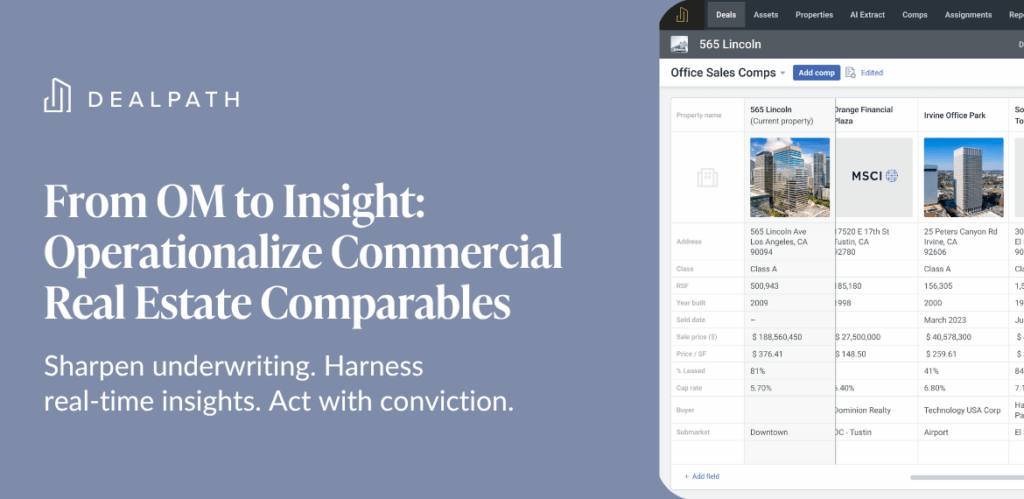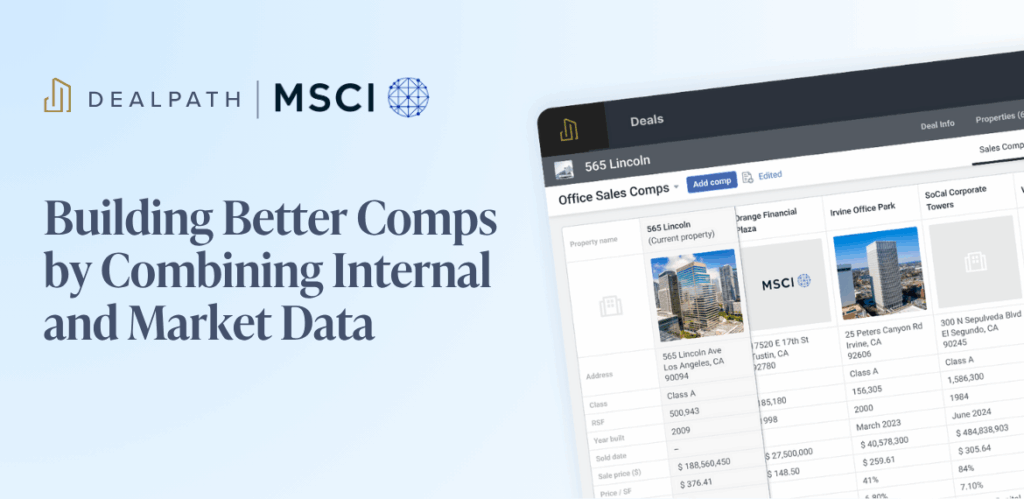Budgeting and managing costs is a top priority for real estate investors and developers, especially in an economy rife with price fluctuations. To accurately measure these costs, investors typically divide them into two categories: hard costs and soft costs. Hard costs can be tied to construction, labor and materials, while soft costs relate to the administrative and executional aspects of the real estate development process. Read on to learn more about the differences between hard costs vs. soft costs, as well as how leading developers harness cost data for future projections.
Soft Costs Vs. Hard Costs: Breaking Down Real Estate Development Spending
What’s the difference between hard costs vs. soft costs? Hard costs include all those related to physical construction and labor, while soft costs are organizational and administrative costs incurred in the course of development.
From initial deal vetting to sale or leasing, real estate development is a costly undertaking that lasts years. That’s why investors break them into these two distinct categories. Distinguishing between hard costs vs. soft costs ultimately boils down to when and how the expense fits into the project.
What Are Hard Costs?
Hard costs are those related to construction, the site itself, and any other work involved in developing the property. As a result, estimating hard costs is often more straightforward than doing so for soft costs. Nonetheless, hard costs often evolve as projects progress and new needs arise.
Hard costs include any tangible expenses necessary for the project to progress, such as:
- Building materials and supplies
- Labor and wages
- Equipment
- Utilities & HVAC
- Paving
Generally, developers only have hard costs during construction and site development.
What Are Soft Costs In Real Estate?
While integral to the project’s execution and success, soft costs are not directly related to construction or materials. Instead, these “behind-the-scenes” costs include the administrative and strategic work involved in moving development projects forward. As a result of the unpredictable nature of real estate development, they can be difficult to accurately project. Managing projects in a deal management platform, though, can help agile teams harvest this data with ease.
Some of the most common soft costs incurred during real estate development include:
- Design and planning costs incurred through work with architects, engineers, environmental consultants and other third-party collaborators
- Accounting and legal fees
- Permits
- Taxes
As developers tie up loose ends well after the actual development is complete, developers may continue to have soft costs.
Comparing Projected Soft & Hard Costs Vs. Actuals: The Need for Deal Management
Beyond basic accounting, investors often track both hard and soft costs throughout real estate development to improve future cost projections.However, itemized expenses can only convey so much. To make this information truly advantageous, leading firms track these costs in a deal management platform like Dealpath, enabling them to scratch beneath the surface and hone in on deeper cost-related insights, particularly when analyzing past projects in aggregate. Unfortunately, this financial information can be difficult to track in project management software.
From a project’s initial scoping to completion, a lot can change. Real estate development software that offers transparent and real-time visibility makes deep diving into projected and actual cost comparison across your portfolio simple. Analyzing projects throughout your portfolio might illuminate trends or common bottlenecks. Armed with this information, your firm might choose to approach future projects differently, or take on a more liberal or conservative budgeting strategy.
For example, consistently unanticipated legal fees in the late stages of the development process might demonstrate the need for more proactive steps earlier on. Resolving bottlenecks like this won’t only aid in projecting hard and soft costs, but also prevent setbacks that might delay the development’s monetization, putting you one step closer to returns.
How L&M Development Partners Maintains Real-Time Visibility Into Centralized Data on Dealpath
L&M Development Partners struggled to keep teams aligned around updated information as projects progressed through the funnel. Managing projects in Dealpath ensured that team members throughout the firm can tap into real-time information in just a few clicks. Read the case study to learn how L&M Development Partners broke down team silos by centralizing information in Dealpath.
Read Case Study



